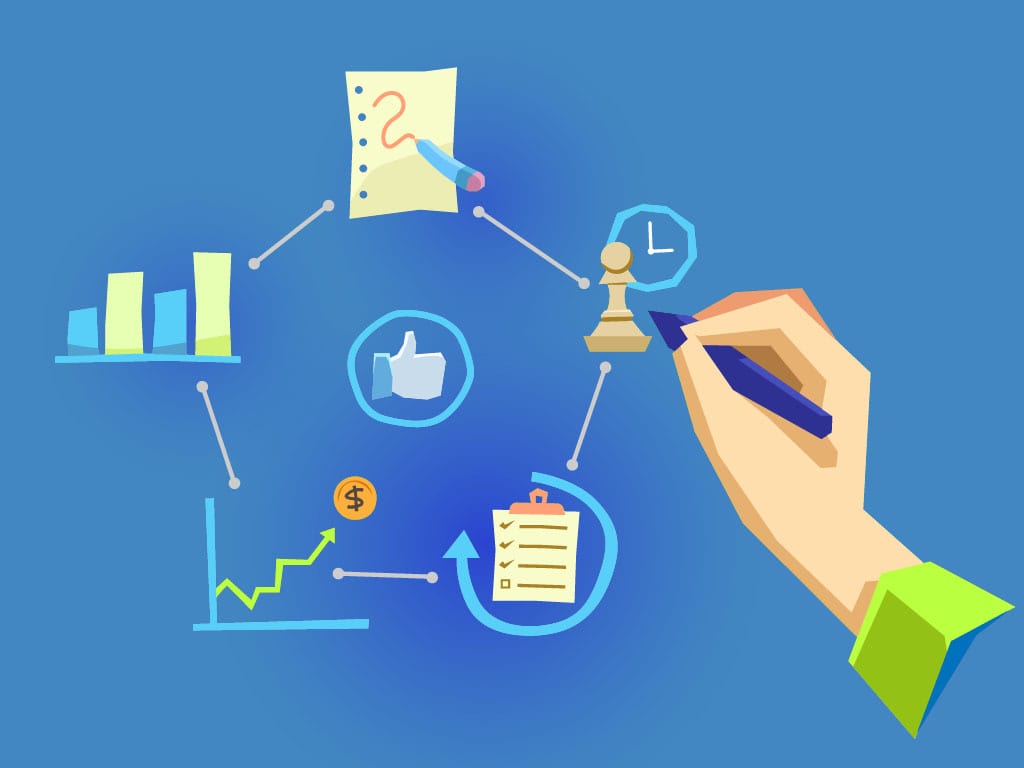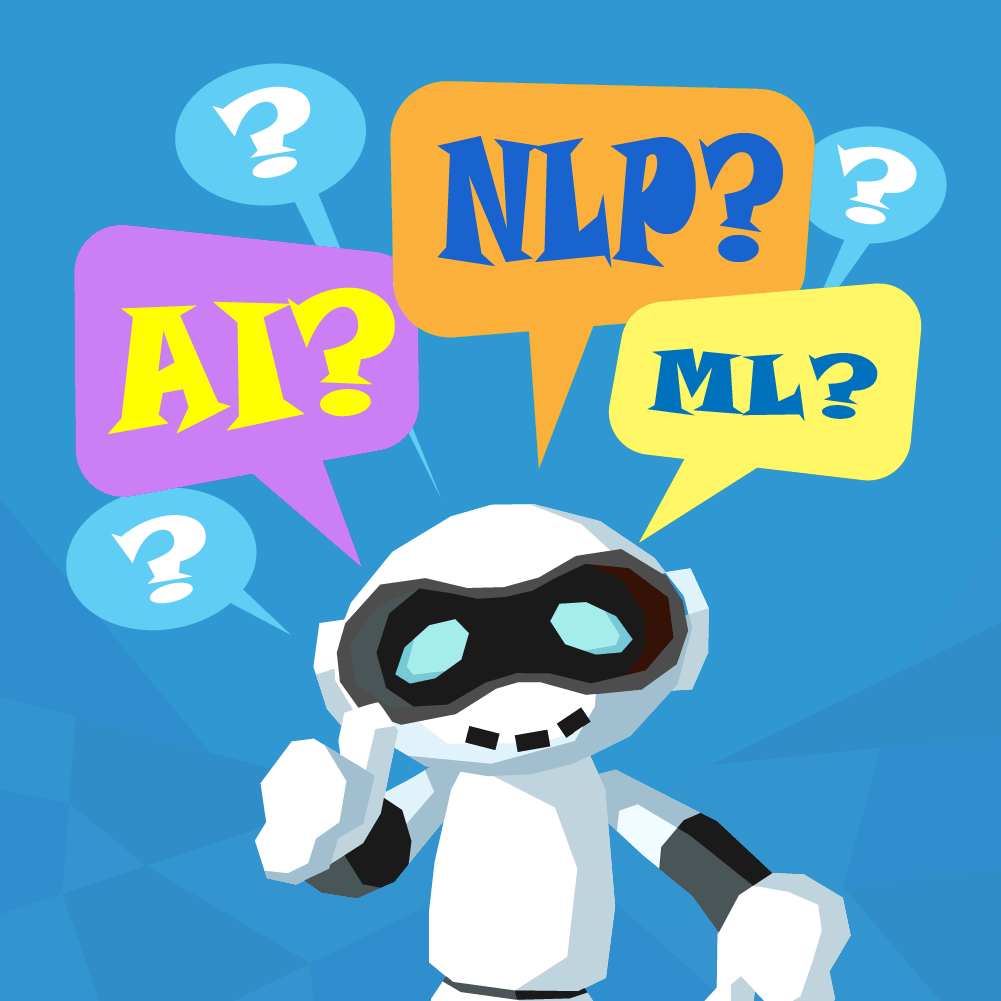List of the Hottest Chatbot Startups and More

New technologies have revolutionized the way businesses operate since the inception of personal computers, the Internet, email, and other Information Technology (IT) systems.
When leveraged correctly, such systems have the ability to radically alter an enterprise’s business model, while also giving C-suite executives the ability to more efficiently and strategically lead their company’s operations and projects, reducing overhead and increasing operational efficiency.
While computational workstations, email systems, the Internet/World Wide Web, and advances associated with data storage and high-speed networks have allowed companies to be better equipped to fulfill their daily and long-term goals, few technologies have been leveraged and utilized to increase the efficiency of both externally facing and internally facing business operations.
One critical – and rapidly evolving – modern technological system that allows businesses to increase the efficiency of customer interactions and optimize internal workflows is the use of Chatbots. Chatbots are Artificial Intelligence (AI)-based software robotic systems used to automate tasks, and with the use of advanced conversational UI systems and Natural Language Processing (NLP), can enhance the customer experience, reduce overhead, and increase the speed and efficiency of customer service interactions.
A number of popular, advanced chatbot startups have helped the technology to evolve, creating revolutionary chatbot systems that, ultimately, will help to drive the industry forward. While there are a number of different chatbot systems, such as messaging app chatbots (integrated into popular platforms like Facebook Messenger) and business app bots, there are also standalone chatbots that act as virtual assistants.
Utilizing complex AI, Machine Learning (ML), Neural Networks and NLP algorithms, AI-based chatbot systems are paving the way for the enhancement and optimization of business operations on a global scale. Whether it be Wade & Wendy, the conversational AI system for hiring, or Pypestream, the secure chatbot platform for business transactions, or other novel startup chatbot systems, such as Automat.ai, Kasisto, Mezi, Claire, Interactions, Kik, X.ai, Niki.ai, etc. – chatbots are here to stay, and are only growing in number and ability year by year.
3 Reasons Chatbots are Attractive to Investors and Businesses
Chatbots are a powerful new technology that have the potential to radically alter the digital landscape of SMEs and larger enterprises. Chatbots are typically thought of as software systems that can enhance the customer service experience, increasing the customer-facing, externally-facing business operations associated with marketing, sales, and customer service.
However, chatbots have a myriad of potential uses, and can also enhance internal workflows, assisting personnel to be more productive, which can help to reduce costs and overhead in a company. While enhancements and optimizations of externally-facing business operations are attractive to businesses and shareholders/investors, the ability to simultaneously increase the effectiveness of internal operations allows businesses to truly optimize their operations via a single technology.
Chatbots are used for operational automation of internal/external workflows, decreasing project timelines, increasing productivity, enhancing customer service interactions, reducing overhead, and saving on project/training costs. One of the most powerful forms of chatbot usage is the HR chatbot.
While chatbots can be used in virtually any department, the time-consuming, administrative tasks associated with HR workflows make it a prime candidate for chatbot usage. Their versatility ranges from scouting and interviewing candidates, and organizing payroll data, to integrating with existing internal, enterprise solutions to give personnel a more simple, intuitive and robust working experience.
Chatbots can be used for the optimization of internal workflows just as much as with external, customer-facing sales/marketing/customer service operations. The technology’s innate ability to automate tasks, utilize powerful, already-existing services, and to evolve via Machine Learning, makes chatbots an attractive investment that promises a positive ROI when used correctly.
Is it All Hype or are Bots Actually Helpful?
While the information associated with chatbots portrays the new technology as having a great amount of potential for revolutionizing business operations, the statistics surrounding chatbots present an even more stunning picture. According to Juniper Research, business costs have the potential to be cut by over $8 billion by 2022 via the use of chatbot systems and software.
According to Juniper Research, 75-90 percent of customer inquiries in certain industries will be answered by chatbots within the next five years. Due to the expanding nature of the chatbot ecosystem, C-suite company executives have taken notice of their potential: according to a Forrester survey, 87 percent of Chief Executive Officers (CEOs) surveyed indicated a desire to increase the use of AI in their business.
In this digital age, all business processes are being “digitized,” and are becoming more data and AI-driven. Consequently, AI-systems are being utilized to streamline and efficiently carry out a variety of administrative and externally-facing corporate operations.
For instance, HR bots are able to drastically increase company productivity and operational efficiency by strategically aligning their automation processes with the overall strategic plan of the enterprise business model. As noted by ChatBotsMagazine/Medium, HR bots can help with a myriad of administrative operations in a company of any size:
- Recruitment
- FAQs/Company Policy
- Employee Training
- Benefits Enrollment
- Feedback/Assessments
HR and sales/marketing are just two examples of how bots can be used to automate critical business processes in an organization. Virtually every internally-facing and externally-facing company department/operation can take advantage of smart automation bots for increased company efficiency and productivity.
How Many Bots do you Interact with Daily?
While chatbots are currently utilized mostly in association with messaging and business apps, experts indicate that the use of bots may increase tenfold in a few years.
Today, it is typical for users to chat with a bot when messaging a business on Facebook, when calling on a voice assistant for aid on one’s smartphone or Desktop (i.e. Apple’s Siri and Microsoft’s Cortana, respectively), when connecting with one’s smart home/smart TV (i.e. Alexa), or even when booking flights and/or interacting with an airline.
Additionally, it is common to speak to a bot when calling many major companies, even if it is a simple switchboard bot whose purpose is to connect the user with the pertinent department.
However, despite Facebook, for instance, being home to over 100,000 bots, many users do not engage with said bots on a regular basis, and a number of companies have abandoned bots for traditional apps. But overall, it is clear that humans are interacting with computer bots more and more everyday.
Don’t be Consumed by the Hype
While humans are interacting with bots more and more, it is important for companies to pace themselves with how they utilize bots. Bots, like any system within an organization’s IT infrastructure, must be utilized strategically according to a set plan.
According to Forrester Research, while 57 percent of companies are using chatbots or plan to use them, many have failed to use them correctly and strategically. One of the most critical mistakes that companies should avoid making is overestimating the complexity of modern bots, which often results in companies setting goals that are too advanced for existing technologies.
While bots are getting increasingly advanced, there are still many functionalities that modern bots lack. A gap still exists between bot theory and bot practicality. While bots have the potential to revolutionize businesses, they have not done so yet, and are only beginning to slowly alter business operations in a significant way.
Bots Still Have a Ways to Go
Chatbots have the potential to revolutionize businesses on a global scale. However, numerous challenges must be overcome for developers to create bots that can practically be used on a daily basis in a way that benefits a company’s bottom line and provides customers with an enhanced experience. One of the most important challenges developers face is information security.
Due to handling sensitive company information and customer PII (personal identifying information), bots must be developed with security baked in for the sake of customer and employee-privacy, and to comply with data security legislation.
Bots must be able to answer customer inquiries while being tethered to the usual legal and ethical constraints that a human employee would be tethered to. Lastly, bots need to be developed and utilized with a clear goal and strategic solution in mind, so the technology doesn’t become a new fad or hyped-up marketing ploy.
As noted by HubSpot, a bot must accomplish four major objectives:
- Connect: Engage with a customer via a conversational UI and/or messaging application.
- Understand: Utilize a finely-tuned conversation to fully understand the intent and desires of the customer.
- Deliver: Produce the intended and needed solution to the customer based on his/her desires.
- Refine: Utilize further conversations and analytics to better produce solutions to the user via optimized interactions with said user.
For Chatbots to truly become the future of business technology, developers should always keep the above core objectives in mind, while aligning the use of bots with the company’s long term strategic plan.
Chatbot Startups That You Should Keep an Eye On
There are several robust chatbot systems that everyone should keep an eye on, including startups that have developed web-based chatbots, messaging-app Chatbots, and stand-alone chatbots. Two honorable mentions include Dr. Alison Darcy’s mental health chatbot, Woebot, and Chip, the Los Angeles chatbot that was “deputized” to aid in police operations.
Wade & Wendy
As a recruitment/hiring (HR) chatbot, Wade & Wendy is a powerful and robust conversational AI system that helps recruitment managers make more informed decisions via analytical insights and robust recommendations.
Pypestream
Pypestream provides businesses with a secure, Omni-channel messaging and conversational UI/smart-bot system, allowing businesses to connect with their customers in all possible ways, from a single application.
Automat.ai
Automat is a robust, cloud-based, personalized AI marketing chatbot system that allows customers to connect with their favorite brands via conversational marketing and a proprietary AI system.
Kasisto
Kasisto is a chatbot startup most known for the development of the very robust KAI banking smart bot, based on decades of AI research and developmental data. The system allows customers to engage in all banking transactions via the intelligent bot, and without the need for traditional app-based interfaces.
Mezi
As a chatbot firm, Mezi’s AI system includes a robust AI-smart bot that operates as a travel assistant via a conversational UI. The AI system allows users to conduct a number of travel-based operations associated with flights, hotels, and dining.
Claire
Claire is a unique Chatbot system and digital assistant that integrates with popular messaging and business apps to gain insights via testing and analysis of data. As a robust system, it utilizes Natural Language Processing to aid in business analytics workflows and operations.
Interactions
The Interactions’ chatbot is a powerful and intelligent virtual assistant that aids in strategic customer engagement by allowing customers to engage with their favorite brand on a number of channels, including voice, text, typing and/or swiping (along with channel combinations and context persistence in conversational channel switching), providing a truly unique and enhanced customer experience.
Kik
The messaging platform, Kik, enables chatbots for a more enhanced messaging experience, where bots have begun to replace traditional messaging application UIs. While there are a number of bots on the Kik platform, each bot offers a unique experience and helps to evolve messaging systems from the initial web pages, to traditional apps, to modern bots.
X.ai
As an intelligent and automation smart-bot, X.ai focuses on operating as a personal assistant that aids with scheduling meetings and automatically replying emails. Essentially, X.ai is a personal secretary bot.
Niki.ai
Niki.ai is a unique and robust conversational AI system that operates as a personal assistant and central hub for all daily duties, helping to simplify all daily tasks, including ordering/shopping tasks, among other things.
Startup that Has the Attention of Fortune 500 Companies
While there are a number of impressive chatbot startup examples, one chatbot system – Conversable, a bot platform for automated messaging and voice assistance – is associated with the prestigious Fortune 500 company list. By operating as a bridge between large companies and complex chatbot development requirements/tools, Conversable has given large enterprises a way to develop robust digital assistants in a feasible manner.
How Conversable Became a Serious Contender
While chatbots typically utilize speech and/or a combination of NLP with Conversational UI systems, full-blown voice assistants – also known as virtual digital assistants (VDAs) – are not often used by companies. This is due to the complex nature of such AI systems, along with the requisite talent for NLP and ML algorithmic development. Conversable, on the other hand, allows the feasible development of complex VDAs/chatbots via its framework, by operating as a conversational middleware system for bot development and design. Such a system provides companies with the requisite tools for VDA development, and thus has become a serious contender within the chatbot ecosystem in helping companies to digitally transform their enterprise operations.








